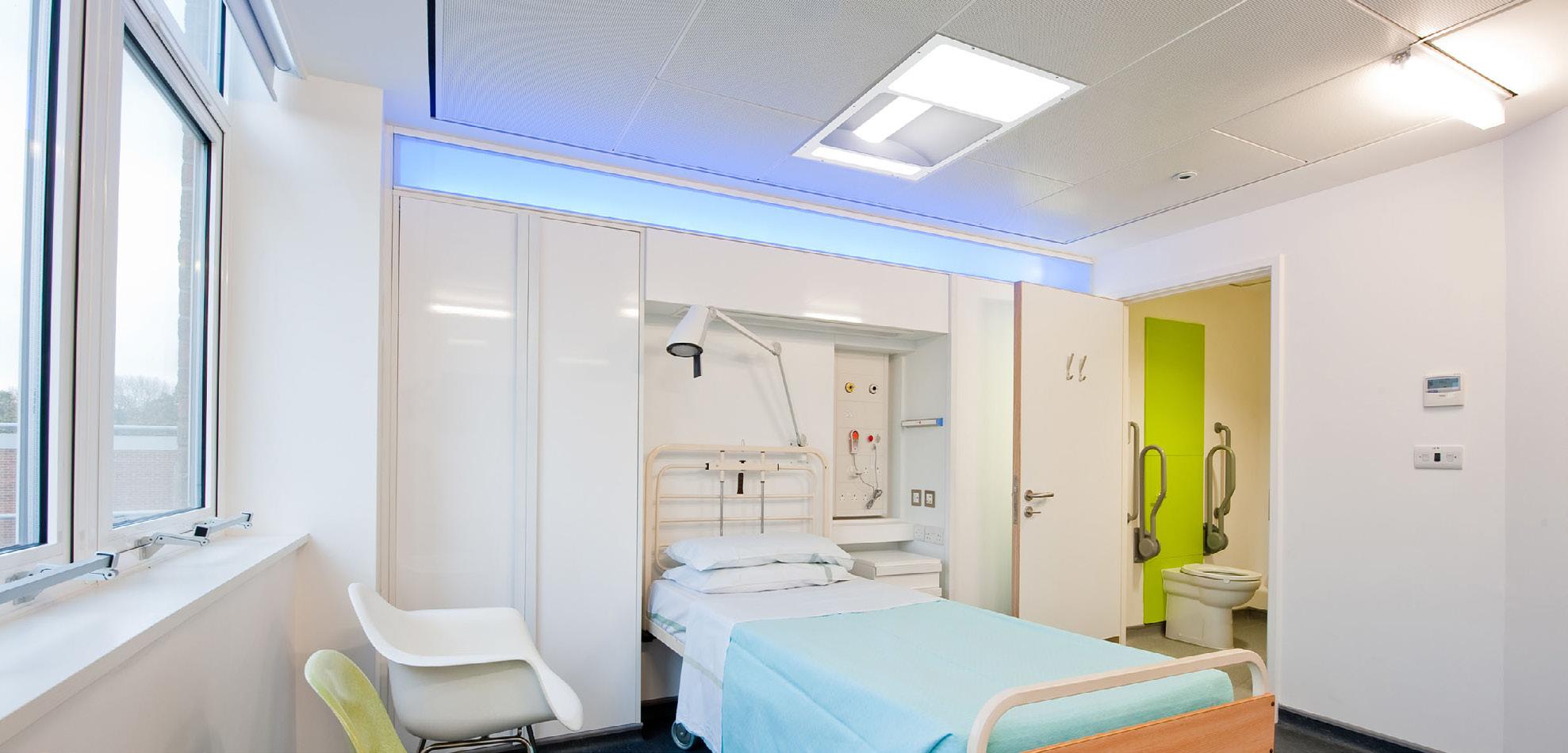

SANTE - SERIES
for health care and medical applications COI-COMPLIANT WWW.PACOLIGHTING.COM
Specified
COI-Compliant LED boards
Brandon Sharp, Ph.D.
What is cyanosis?
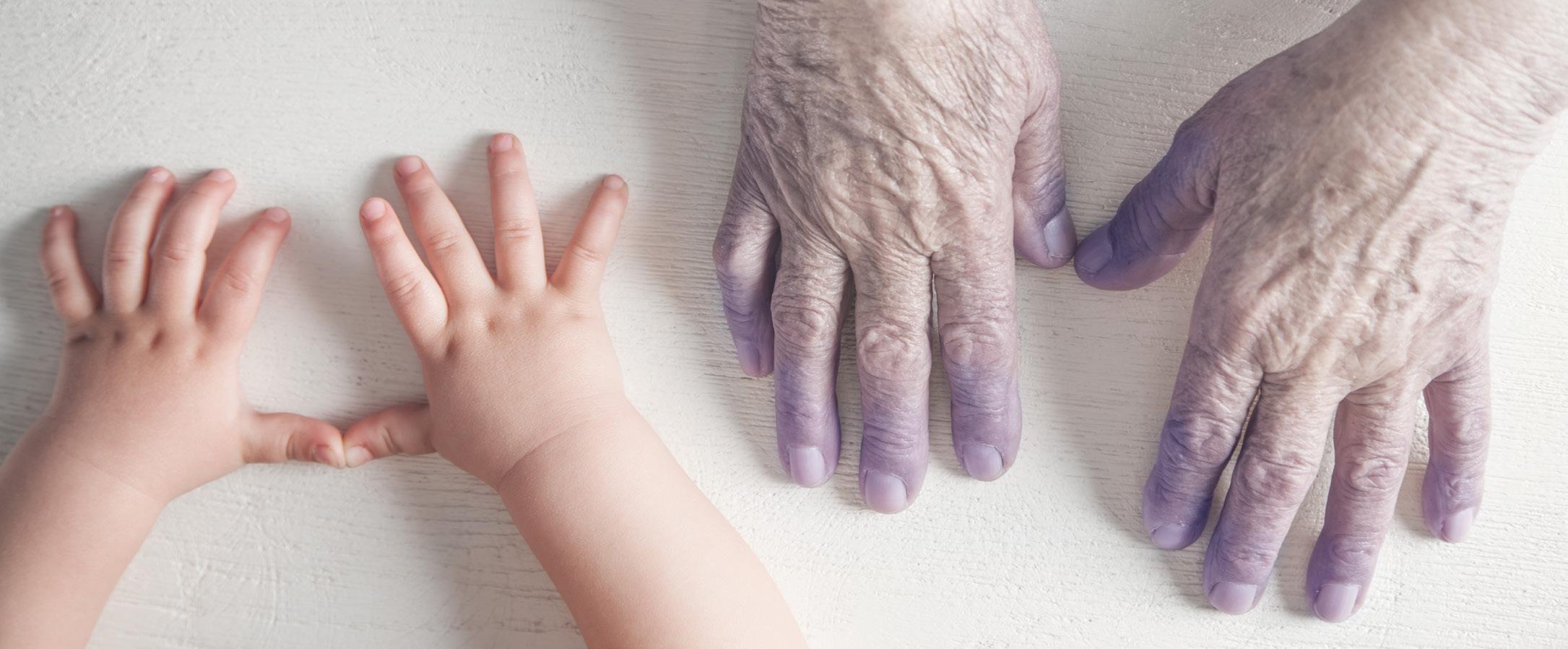
Cyanosis is a medical condition in which a patient’s skin has a bluish tint, which indicates that the body is not receiving enough oxygen-rich blood. Cyanosis may be associated with underlying cardiopulmonary medical conditions, but it can also be caused by shock of any kind. Because it is often a sign of serious or life-threatening underlying medical conditions, prompt recognition and treatment of cyanosis are essential. Without timely intervention, inadequate oxygen levels can lead to organ damage and failure, resulting in potentially life-threatening situations, such as respiratory failure, cardiovascular complications, hypoxia, or neurological impairment. Pulse oximeters are often used to diagnose cyanosis, but they may be inaccurate in the case of patients with movement or trembling of the limbs, and they are not used in all areas of a hospital. In these situations, it is typically necessary to perform a visual diagnosis for cyanosis.1
Cyanosis observation lighting
For rapid visual cyanosis observation and diagnosis, it is critical that healthcare lighting have an appropriate output in the red region of the visible spectrum (~660 nm), as this provides the maximum difference between transmittance between oxyhemoglobin and reduced hemoglobin. However, not all lighting is suitable for this task. In fact, one study showed that fewer than 50% of examined lighting options passed the cyanosis observation index (COI) and correlated color temperature (CCT) requirements per AS 1680.2.5:1997.2
PA-CO LIGHTING 2
Standard test for COI, CCT, and CRI

COI and CCT
The COI helps clinicians determine the severity of cyanosis, by providing an objective measure of oxygen saturation. To determine whether medical lighting is good for diagnosing cyanosis, a methodology was developed to calculate the COI, AS 1680.2.5:1997.3 Section 7.3 of this standard specifies that lighting must have a COI index < 3.3. The COI involves measuring the color change between fully oxygenated blood (100% oxygen saturation) and oxygen-reduced blood (cyanosed at 50% oxygen saturation) under the specific illumination being studied, relative to a 4000 K reference light source. The reflectance spectra of oxygenated and cyanosed blood are compared over the spectral range of 380–780 nm and converted to CIE Lab* space and compared to a reference light source. This provides the COI, which must be below 3.3 to ensure the visual diagnosis of cyanosis.
The standard also stipulates that lighting should have a CCT between 3300 K and 5300 K. CCT describes the color of a light source, where a lower CCT corresponds to warmer, yellowish light, while a higher CCT corresponds to cooler, bluish light. This is especially important for cyanosis observations, as fluorescent lighting with a low output in the red may make healthy patients appear to be cyanosed, while those with a high output in the red may make a cyanosed patient appear healthy.4
Color rendering index (CRI) Ra and R13
The color rendering index (CRI), often represented by Ra, is a general measure of overall color rendering performance across a set of eight colors (R1 to R8) commonly used in the CIE 1974 color space. A higher Ra value indicates better color rendering, with 100 representing perfect color rendering (equivalent to natural daylight). Ra is a simple way to assess color rendering in various applications.
A higher Ra value indicates that the light source can produce a wide range of colors, which may potentially aid in the recognition of subtle cyanosis-related color changes in the patient's skin and mucous membranes. R13 is a specific CRI that evaluates the red color rendering and has also been suggested to be important for the visual detection of cyanosis.1
3 WWW.PACOLIGHTING.COM | Informational Bulletin
Pa-Co Lighting’s COI-Compliant SANTE Series Luminaires

Because many currently available lighting options are not COI-compliant, it may be necessary to replace replaced them with a lighting option that is. As shown by the tables and figure below, Pa-Co Lighting’s MR series luminaires meet the COI compliance requirements of AS 1680.2.5:1997, with a COI < 3.3. They also show a correlated color temperature (Tc) of 3792.415 K, which falls well within the CCT range of the standard (3300 K and 5300 K). The color-rendering indexes, Ra = 95.407 and R13 = 99, also both meet the CRI requirements of the AS standard.

Please contact us for more information.
Spectrum measurements analysis

Spectroradiometric Report
1. WebMD https://www.webmd.com/heart-disease/heart-failure/qa/what-is-the-definition-of-cyanosis
2. The American Journal of Medicine Sarah M. McMullen, MD Ward Patrick, MD full article here: https://www.amjmed.com/article/S0002-9343%2812%2900904-7/fulltext#tbl1
PA-CO LIGHTING 4
Chromaticity Coordinates X= 0.3903 Y= 0.3835 Correlated Color Temperature Tc= 3792.415K Lens COI Acrylic ribbed lens
Clear optics 2.886 H1 (White Opal) 2.4037 P95 (Frost) 2.8304
R1=98 R2=99 R3= 98 R4= 97 R5= 97 R6= 95 R7= 92 R8= 86 R9= 68 R10= 99 R11= 97 R12= 75 R13= 99 R14= 99 R15= 93
+
Color Rendering Index : Ra= 95.407
DISCOVER OUR COI-COMPLIANT LUMINAIRES








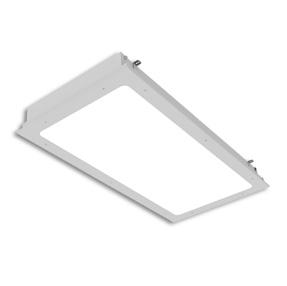
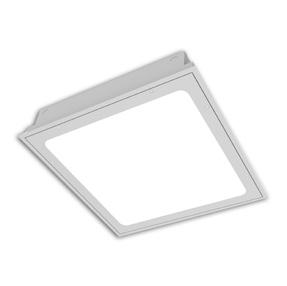

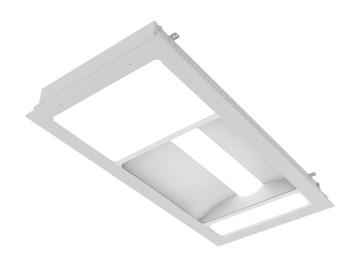



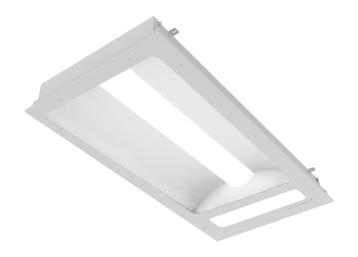

MRP SERIES
MRPA SERIES
MRG SERIES
SERIES
5 WWW.PACOLIGHTING.COM | Informational Bulletin
MRPA1
MRP1
MRG1
MRGA1
MRPA2
MRP2
MRG2
MRGA2
MRPA3
MRP3
MRG3
MRGA3
MRPA4
MRP4
MRPA5
MRP5
MRGA



PA-CO LIGHTING 6
REFERENCES
1. Dain SJ, Hood JW, Montano S, Arali C. A method for evaluating the acceptability of light sources for clinical visual evaluation of cyanosis. Color Research & Application. 1998;23(1):4-17. doi:10.1002/(SICI)1520-6378(199802)23:1<4::AID-COL3>3.0.CO;2-Y
2. Midolo NA, Sergeyeva L. Lighting for clinical observation of cyanosis.
3. AS/NZS 1680.2.5:1997 | Standards Australia. Accessed August 9, 2023. https:// store.standards.org.au/product/as-nzs-1680-2-5-1997
4. Hood JW. Application of the New Australian Standard for Clinical Lighting. Anaesth Intensive Care. 1977;5(1):51-55. doi:10.1177/0310057X7700500108

7 WWW.PACOLIGHTING.COM | Informational Bulletin



INNOVATIVE HEALTHCARE LIGHTING info@pacolighting.com www.pacolighting.com in LinkedIn Facebook Instagram Follow Us:





























